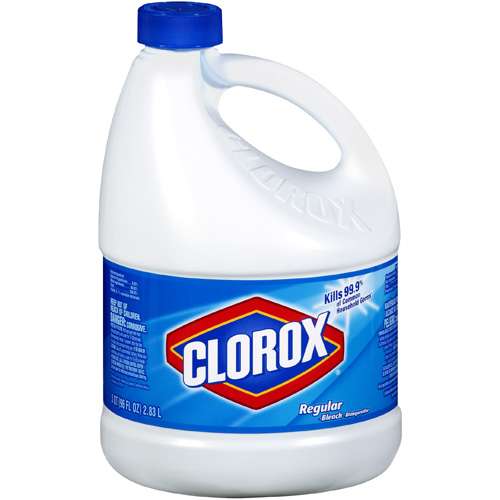Although modest, the results are of public health concern in light of the widespread use of bleach in the home, say the researchers, who call for further more detailed studies in this area.
The researchers looked at the potential impact of exposure to bleach in the home among more than 9000 children between the ages of 6 and 12 attending 19 schools in Utrecht, The Netherlands; 17 schools in Eastern and Central Finland; and 18 schools in Barcelona, Spain.
Their parents were asked to complete a questionnaire on the number and frequency of flu; tonsillitis; sinusitis; bronchitis; otitis; and pneumonia infections their children had had in the preceding 12 months. And they were asked if they used bleach to clean their homes at least once a week.
Use of bleach was common in Spain (72% of respondents) and rare (7%) in Finland. And all Spanish schools were cleaned with bleach, while Finnish schools were not.
After taking account of influential factors, such as passive smoking at home, parental education, the presence of household mould, and use of bleach to clean school premises, the findings indicated that the number and frequency of infections were higher among children whose parents regularly used bleach to clean the home in all three countries.
These differences were statistically significant for flu, tonsillitis, and any infection.

